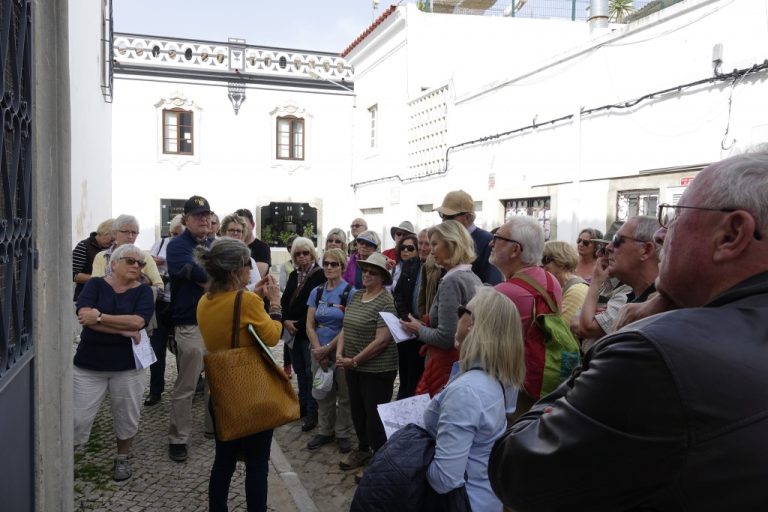Outline and Editing – Writing workshop – Monday 29 February
 The upcoming writing workshop on Monday, 29 February 2:30 pm at Tavira library will consider the joint themes of outline and editing.
The upcoming writing workshop on Monday, 29 February 2:30 pm at Tavira library will consider the joint themes of outline and editing.
Over the last few weeks, we have looked at scene, dialogue, description character and more. The last workshop focused on descriptive exercises within a scene. Some timed writing exercises were attempted, completed and shared.
This next session will suggest ways of critically assessing our work and how to begin the self-editing process and also how to get help from a beta-group.
When a professional editor first reads an author’s work, they try to tune into what is being said and reflect back to the writer an immediate emotional response and not in the first instance, a red-penned manuscript.
Some changes may be suggested to improve the manuscript – to try and keep the reader engaged. Ultimately it is the writer’s book. The editor and author work together to try to make the book the best possible version of itself.
Some writers will self edit and may never use the services of a professional editor. This workshop will look at some tools and techniques available for self-editing. Nigel Heppenstall will lead a writing exercise to help develop critical feedback and Mary Jezzard will facilitate an editing exercise.
An initial edit may look at style issues and holes in a plot. A second edit may require a complete rewrite of sections and the removal of unnecessary characters. There may be two or three or more cycles of editing before a work is ready for the beta-reader.
Want to know more? Come along to Tavira library on Monday. Bring along 200 words of a prepared story outline. Not sure how to do that? A place to start could be a skeletal story outline.
The Skeletal Outline
The idea is to lay out some core points (or, in this case, narrative points) in the order you feel will best aid the flow of your argument (or story). It gives a good birds-eye view of your structure and can help you formulate your story for maximum impact.
1. Exposition
2. Inciting Incident
3. Rising Action
4. Climax
5. Falling action
6. Resolution
Personally, I prefer a mind map or a visual map when sketching out a new story. It is less linear and the brain dump can be later reworked into a type of outline, such as the snowflake outline or the skeletal model.
Of course, some writers choose not to develop an outline and identify any problems during the editing process. Writing is a creative process and ultimately it up to the aspiring writer to find out what works and what hinders.

Check out the Writing in the Algarve Facebook page for articles to inspire, memes and updates.
Writing in the Algarve workshops is an idea developed by Sue Hall & Mary Jezzard
Contact Sue@suehall.net for more information

